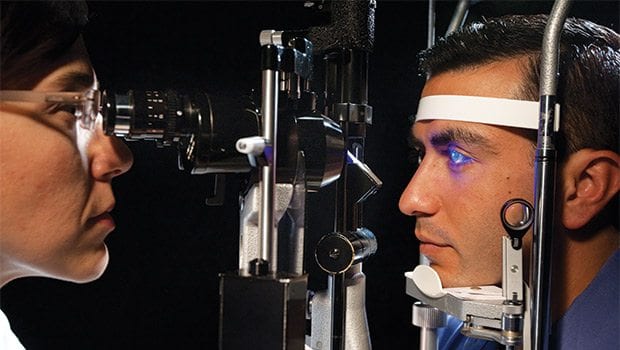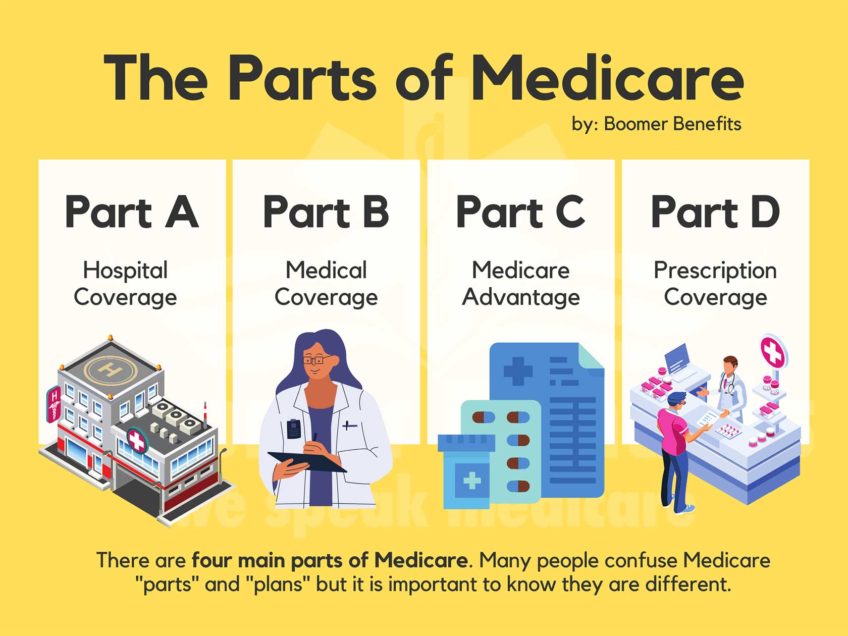
Roughly three million people in the United States are victims of glaucoma. And half don’t even know it. Most often the first symptom is the loss of peripheral or side vision. That’s why it escapes notice. You don’t need peripheral vision to watch TV, work on the computer or read. Also, a slight turn of the head will bring the object into view.
Yet, without treatment, glaucoma — one of the leading cause of blindness in this country — slowly advances. Eventually, the scope of vision is so limited, it’s as though one is looking through a tunnel or telescope. Ultimately, the disease can result in permanent and total loss of vision.
No one — not even babies and children — is safe from glaucoma. African Americans and Hispanics are afflicted more often. And earlier. Glaucoma often strikes blacks around the age of 40. Asians are also targeted, but tend to suffer from a less common form of glaucoma.
By 60, everyone is fair game.
Glaucoma results from increased eye pressure. The eye is filled with and nourished by a clear fluid that continually flows, but must drain to accommodate a fresh incoming supply. In most types of glaucoma the fluid does not drain properly causing eye pressure to rise. Generally, normal eye pressure is less than 21 mmHg, but varies for every individual. What’s normal in one person may be high in another, according to the National Eye Institute.
Elevated pressures can eventually destroy the optic nerve, a bundle of more than one million nerve fibers that sends signals from the retina (tissue at the back of the eye) to the brain. A healthy optic nerve is necessary for good vision.
Glaucoma is not one disease. Rather, it is a family of several different types. Congenital glaucoma is rare and develops in infants and young children. Secondary glaucoma results from another cause, such as an eye injury or long-term use of corticosteroids. The career of Kirby Puckett, a 10-time All-Star with the Minnesota Twins, ended when a hit to the eye with a baseball resulted in glaucoma.
A more severe form is acute closed-angle glaucoma. It results from a sudden and complete blockage that causes severe eye pain, blurred vision, headaches and nausea. This form of glaucoma is a medical emergency and requires immediate treatment.
More puzzling is low tension, or normal tension glaucoma, in which eye pressure remains within the average range, but still results in optic nerve damage.
The most common form of glaucoma — primary open-angle glaucoma — is frequently referred to as the silent thief of sight.
Though it is not possible to prevent glaucoma, the disease can be detected early before it causes serious damage. A comprehensive eye exam is key. This exam includes dilation of the pupil to detect nerve damage; tonometry that measures eye pressure; a visual field test that examines peripheral vision; and a visual acuity test. What’s confusing to many people is that it is possible to have 20/20 vision and still have glaucoma.
The American Academy of Ophthalmology recommends that at age 40, adults with no signs or risk factors for eye disease should have a comprehensive baseline screening. This is the age when early signs of disease and changes in vision may start to occur. People of high risk — especially blacks and those with a family history — should start earlier. Intervals for follow-up examinations will be based on the findings. Usually exams are recommended every one or two years.
Once diagnosed, glaucoma can be treated with eye drops and various types of surgery. Timing is important. There is no cure. Vision lost from glaucoma cannot be regained.






